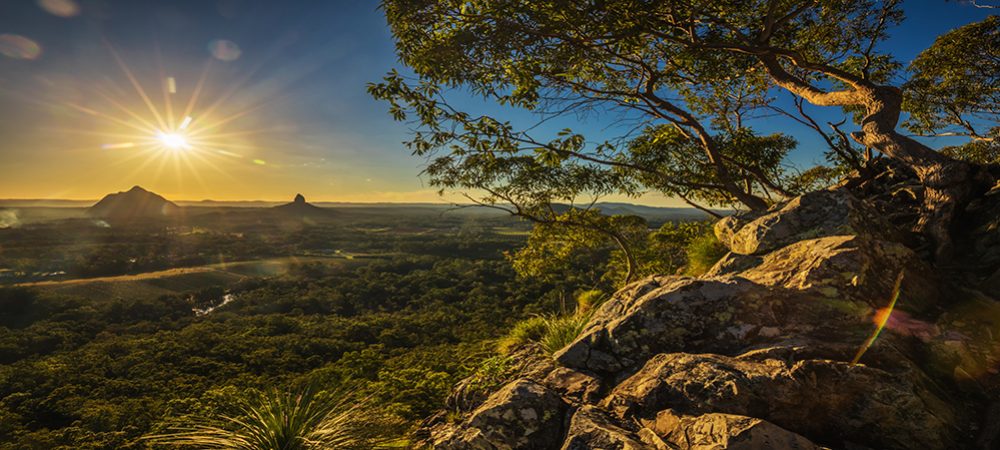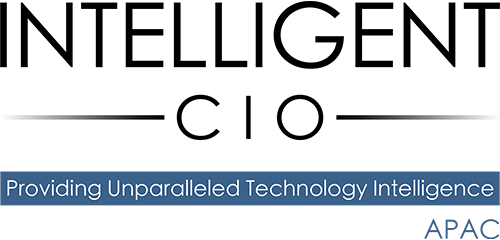LiDAR technology is providing data critical for the success of the management of forests.
Local councils responsible for developing just how green Australia’s urban and regional areas can be in the future, have a new and highly accurate management tool at their disposal – one that gets off the ground and into the air.
A new solution that has been derived from a technology called ‘LiDAR’ – which stands for laser-based light detection and ranging – has been developed by Adelaide-based aerial mapping specialist, Aerometrex.
Mounted in the body of a specially fitted aircraft, LiDAR emits laser pulses from the plane to ground level as it flies over a target survey area, with the pulse reflected back to sensors within the aircraft.
The data can then measure the exact location of trees, their height, the breadth and density of their canopies, the structure of branches, the height of canopies from the ground, and the type and density of the ground level vegetation around the trees.
The sheer volume, intensity and accuracy of the data – whether it be over government, private backyards or community land such as public parks and gardens – is a major time and cost gain for councils compared to traditional and more time consuming, less accurate and costly land-based surveys.
“This LiDAR-derived tool is a breakthrough which takes managing our urban and regional forests across Australia out of the 1950’s foot patrols into a leading edge, data driven outcome,” said Mark Deuter, Aerometrex’s Managing Director.
“Critically, the data can be generated in 3D images and direct comparisons made between flight readings taken say a year ago, and today, so that loss, or growth, in tree numbers and canopy spread, is readily identifiable.
“This allows more relevant problem areas to be identified and more relevant solutions enacted, particularly to meet growing public expectations that Australia needs to be greener rather than browner.”
Fabrice Marre, Geospatial Innovation Manager at Aerometrex, said forests deliver positive economic, social and environmental benefits, including mitigating water run-off, and are an obvious source of food and shelter for wildlife, increase local property values and help ‘cool down’ city areas.
“It actually takes lots of knowledge to manage trees, including correct selection of locations for new plantings, the types of tree that need planting, whether they are a species best able to deliver a required canopy spread, and whether they potentially increase or decrease an area’s fire risk,” said Marre.
“Councils and government agencies Australia-wide have ‘greening’ targets that have to be reached. LiDar takes the guesswork and potential mismanagement out of it by providing wide-scale but real-time data that shows an exact percentage of treed areas and canopy cover.”
LiDar can also measure and digitize images of buildings surrounding areas with trees, creating strong visual ‘alerts’ of any high-level degradation compared to previous fly-bys. The data also allows a comparison of the volume of canopy loss against new growth canopy cover as well.


